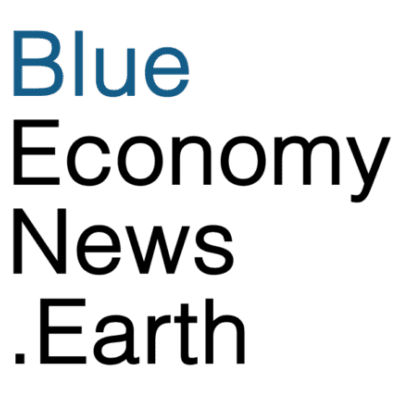NOAA Fisheries has released a new economic snapshot estimating that Alaska’s seafood industry suffered an $1.8 billion loss in 2022-2023 and profits dropped by half in 2021-2023. This has resulted in more than 38,000 job losses nationwide and a $4.3 billion loss in total U.S. output (the total dollar value of all goods and services produced).
The most affected states, including Alaska, Washington, Oregon, and California, saw a combined loss of $191 million in state and local tax revenues.
“The Alaska seafood industry is a major contributor to the U.S. seafood sector,” said Robert Foy, director of the Alaska Fisheries Science Center. “The social and economic ramifications of Alaska’s losses have reverberated down the West Coast and across the country.”
Economists found that, starting in 2022, the industry experienced higher costs associated with increased wages, higher energy prices and higher interest rates. Revenue decreased in 2023 due to declining prices for every major species group.
Retail and Consumer Behavior Changed
Eocnomists also found that, post-pandemic, retail operational strategies and consumer seafood purchases changed. Historically a seasonal influx of seafood products would prompt retailers to lower prices to clear inventory. But while retail demand for seafood was strong during the pandemic, it dropped dramatically when restaurants and schools reopened. So retailers were saddled with high-priced inventory and lower demand.
Retailers transitioned to lower supplies by slowly moving inventory out of cold storage. This practice lowered the seafood supply in the market and kept prices higher, allowing retailers to stay afloat. But it also meant seafood producers, processors, and wholesalers in Alaska demanded a lower quantity of seafood. Retail seafood prices have softened somewhat in 2024, but not by enough to entice consumers to purchase the volumes they bought in 2020–2021.
Another factor is increased competition abroad. Several Russian fisheries have earned Marine Stewardship Council certification and use the trade name “Alaska pollock” in marketing.
Lower labor and operating costs in production and processing abroad, as a result of lower environmental and labor standards, also hurt U.S. fisheries’ competitive standing as do international trade barriers, a stronger U.S. dollar, inflation, declines in seafood processing jobs and lack of the kind of revenue insurance for harvesters and processors that farmers have under the U.S. Department of Agriculture.
All of this contributed to a 32% decline in vessel revenues from 2022 to 2023, totaling $617 million. And first wholesale values dropped $1.2 billion, or 26 percent. This total direct loss equaled $1.8 billion.
Climatic impacts are also profoundly affecting local communities. For instance, a marine heatwave in 2017–2018 led to a crash in the highly lucrative snow crab fishery in 2022. The future of the seafood industry in Alaska is clouded by these warming ocean conditions associated with climate change.
NOAA Fisheries recently released the National Seafood Strategy Implementation Plan which identifies specific actions intended to help address challenges in the seafood sector, both nationally and in Alaska specifically.
“This snapshot is an example of the type of research we intend to advance through this national effort,” said Dr. Michael Rubino, NOAA Fisheries’ Senior Advisor for Seafood Strategy. “With climate change, resource managers, fishermen, and other interest groups need timely social and economic data so they can understand and respond to challenges like we are now facing in the Alaska seafood industry.”

The State of Alaska also recently set up a Joint Legislative Seafood Industry Task Force to respond to the Alaska seafood crisis. Their report is expected in January 2025. NOAA Fisheries recently presented findings from the economic snapshot in a Task Force meeting and will continue to support their efforts.
For many Alaska coastal communities, fisheries are the primary contributor to their local economy, helping shape their social structures and cultural identities.
“Commercial fisheries have flourished in Alaska for generations, shaping social structures, cultural identity, and robust local economies. Beyond the economic impacts, the decline of fisheries in the region threatens a way of life, sense of place, community, and identity,” said Steve Kasperski, lead author of the snapshot and an economist with the Alaska Fisheries Science Center.

